The Dominican Republic is known for its sunny weather, spectacular beaches, and welcoming Caribbean lifestyle. It’s not surprising that the country is among the most popular destinations for U.S travelers, with many of them making their way to all-inclusive resorts. But the country offers more than just sun and beaches. And with that in mind, the Dominican Republic government wants to increase the number of ecotourism destinations in the country.
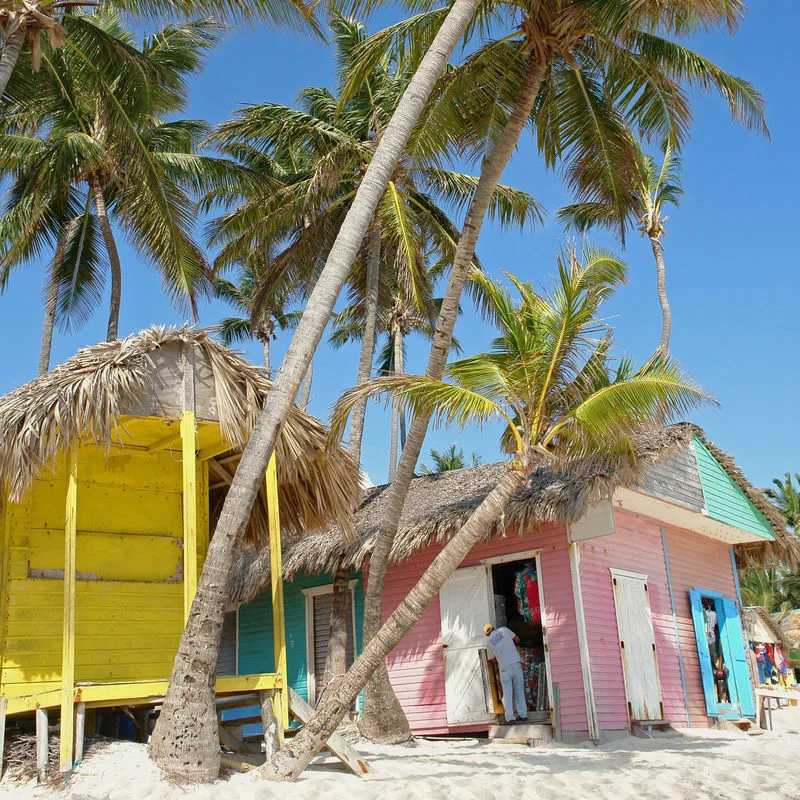
That’s why officials from the ministry of tourism recently announced a package worth RD$100 million Dominican pesos ($18 million U.S dollars) to increase the availability of ecotourist destinations that include pristine rainforests, waterfalls, and untouched beaches. While more tourists are expected to visit these locations, the aim is to create a model that respects local nature & cultural sights.

Tourists heading to the tropical island can expect more options for accommodation and free time when it comes to ecotourism. Both companies, as well as the local government, have taken note of the increased demand for more nature-oriented options. That’s why the next few months will be crucial for the planning and opening of new hotels and travel infrastructure to support ecotourism. Some major renovations are already underway, such as those of Gayacances and Macao beaches, which will see more paved roads and new, high-tech facilities.
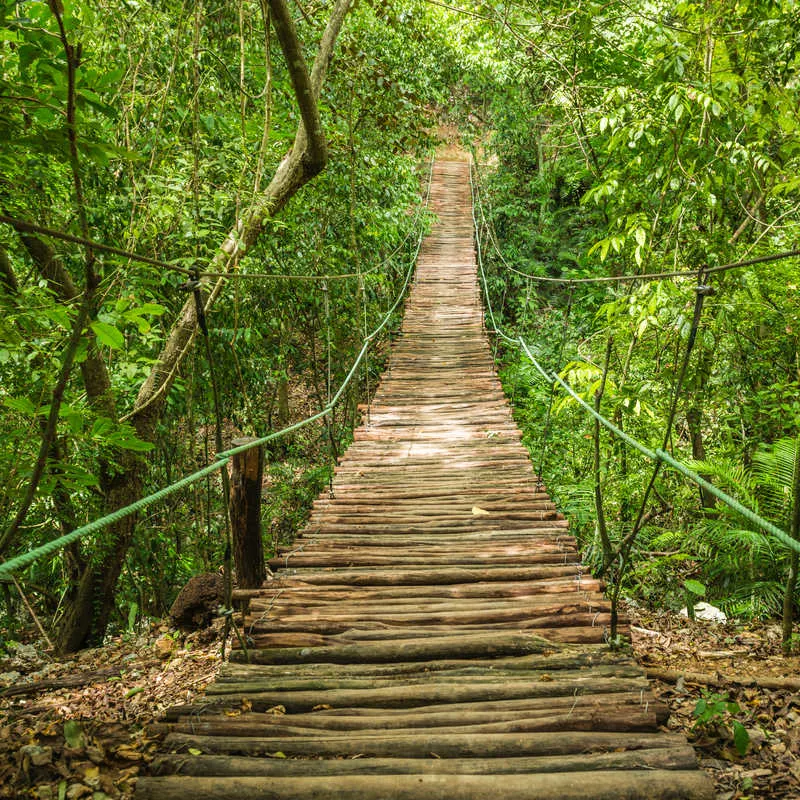
In contrast to the traditional tourism model prevalent on the sunny island – based on grand hotels by touristy beaches – ecotourism offers visitors a chance to enjoy natural scenery in a laid-back and simple way. This is something visitors are increasingly seeking, in order to avoid large crowds and to relax surrounded by pure nature. Some of the top destinations offering ecotourist alternatives include Constanza, which offers plenty of outdoor excursions fit for any thrill seeker. Another great option is the Cacaos region, known for its dense forests and fresh springs. To help preserve the natural environment, the ministry of tourism has been working to improve access to forest paths, making it easier for tourists to discover its natural beauty without harming the environment
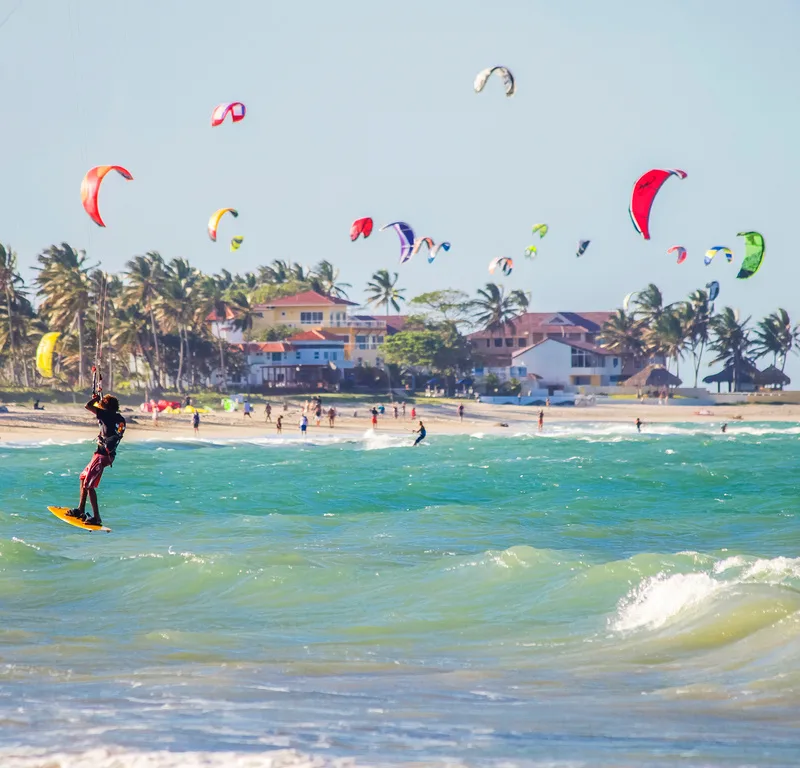
One of the biggest obstacles to enjoying many of the Dominican Republic’s many natural areas is limited road access. The government hopes to fix this by improving infrastructure and building new roads when necessary. The Dominican Republic is one of the most heavily forested countries in the area, with forests making up 40% of its surface area. With such dense vegetation, the idea of venturing deep inside a tropical rainforest might seem intimidating. The ministry of tourism continues to improve signage, as well as the availability of hiking paths across the island.
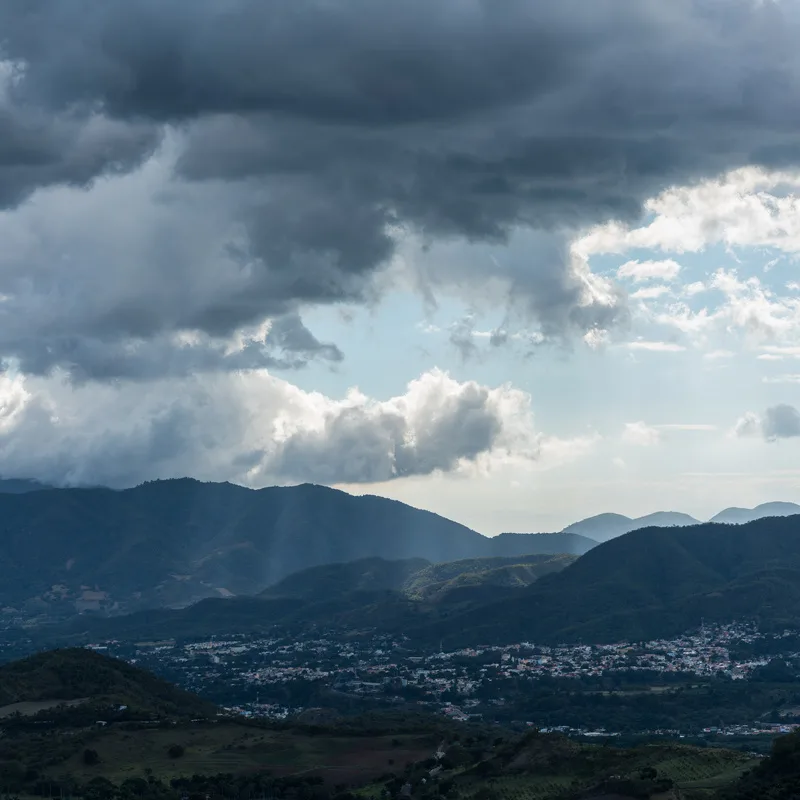
Some experts have voiced their concern about the Dominican’s heavy reliance on the so-called sun and beach model. The Dominican tourism minister, David Collado, said that “the goal is to support provinces that have suitable conditions for ecotourism growth. Together with our partners from the businesses associations and tourism clusters, the Government aims to maintain the island’s competitiveness compared to other destinations”.
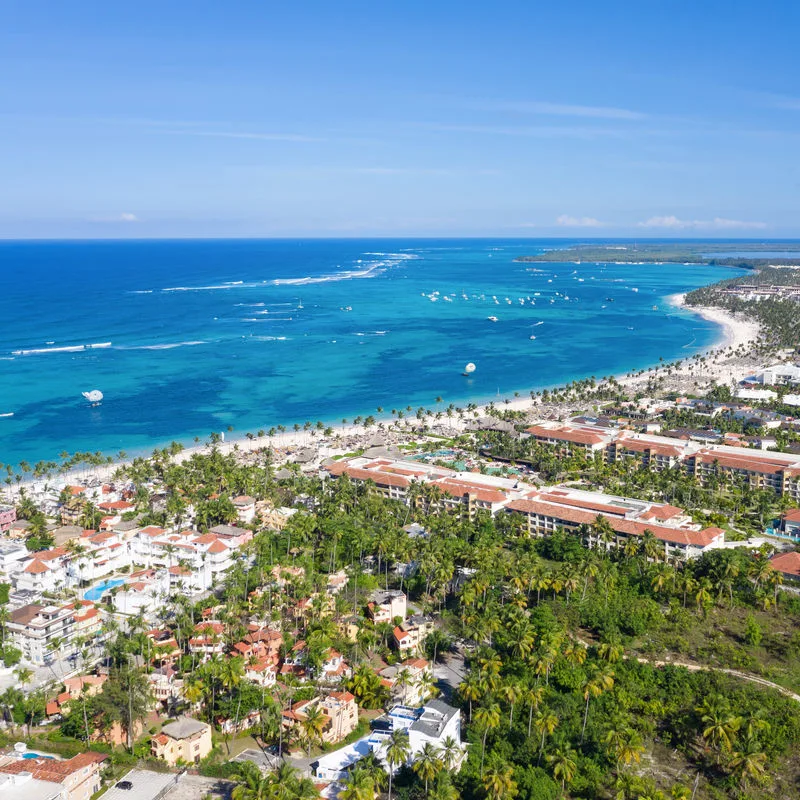
With tourism numbers growing at a rapid pace, sustainable forms of travel are a key priority for the government. The tourism ministry has partnered up with regions across the country to improve and help lower the travel industry’s carbon footprint. Hotels, too, are increasingly aware of the need to conserve limited natural resources. With that in mind, look out for hotels that focus on offering an environmentally-friendly stay; some examples include the Hacienda Cocuyo, from where guests can admire views of the expansive rainforests and turquoise coasts.
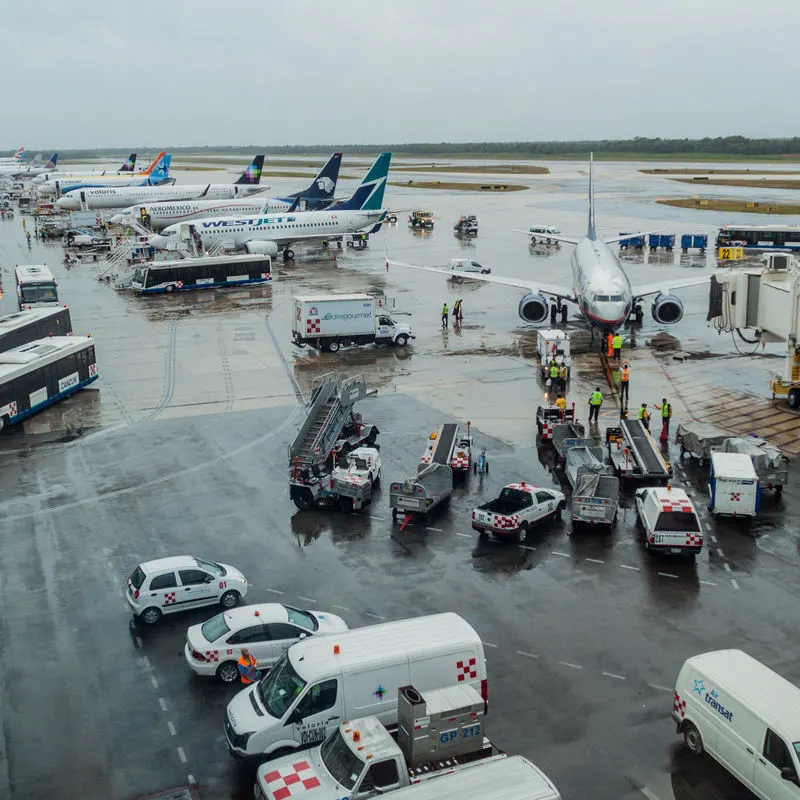
Plan Your Next Dominican Republic Vacation:
Traveler Alert: Don’t Forget Travel Insurance For Your Next Trip!
Choose From Thousands of Dominican Republic Hotels, Resorts and Hostels with Free Cancellation On Most Properties
↓ Join the community ↓
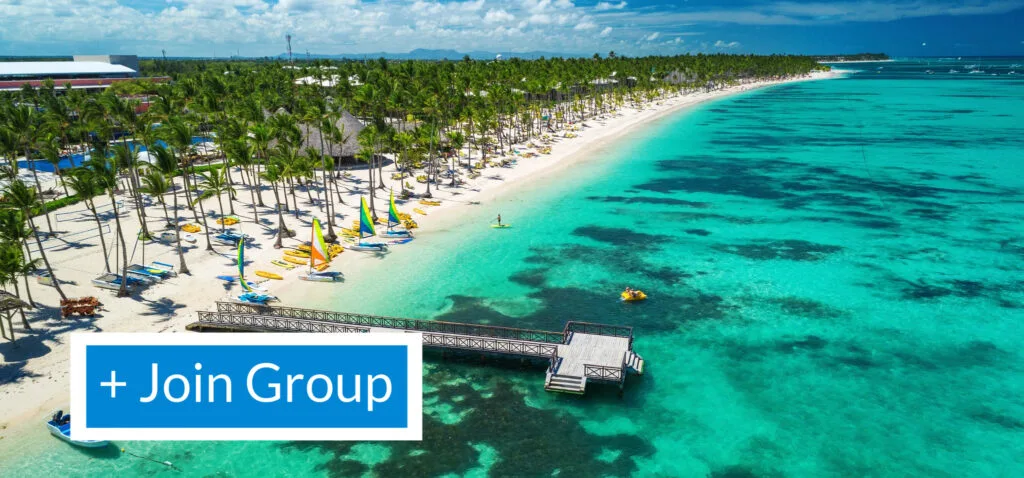
Subscribe to our Latest Posts
Enter your email address to subscribe to Dominican Republic Sun’s latest breaking news affecting travelers, straight to your inbox.
